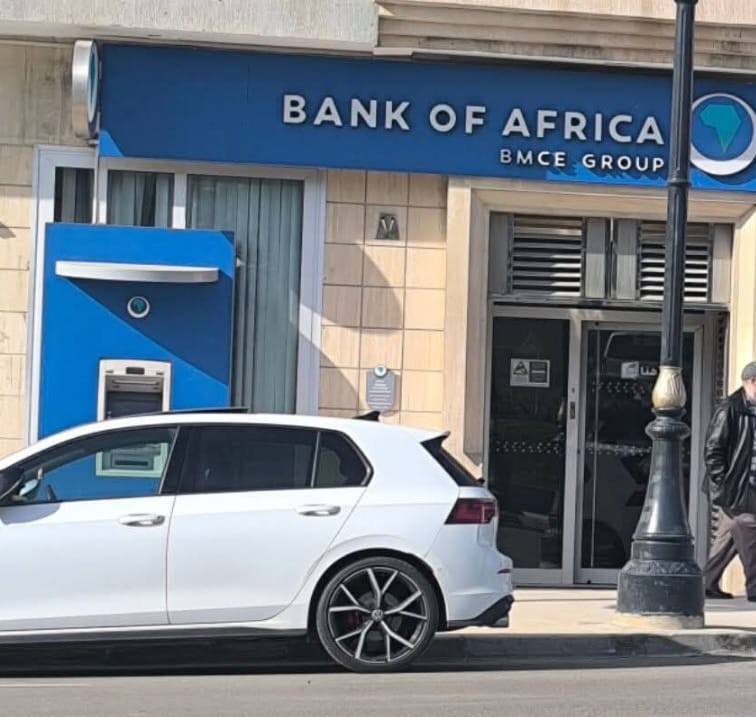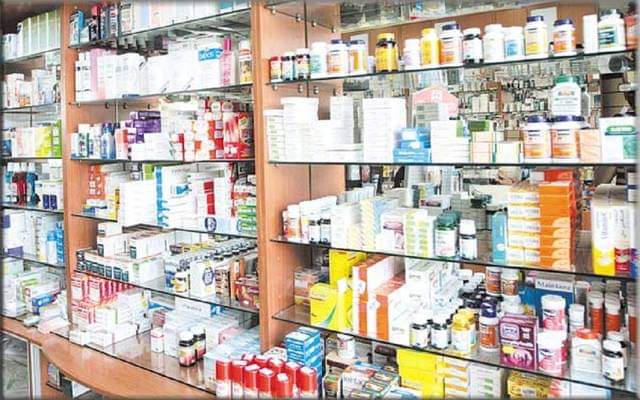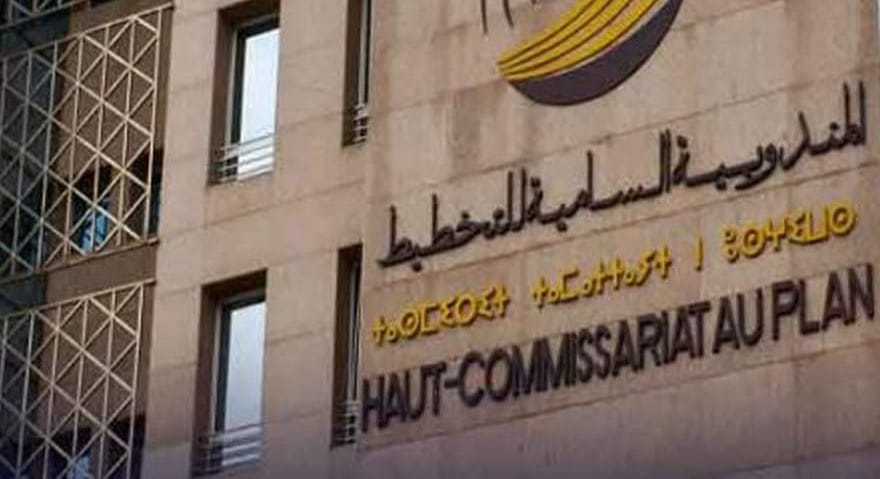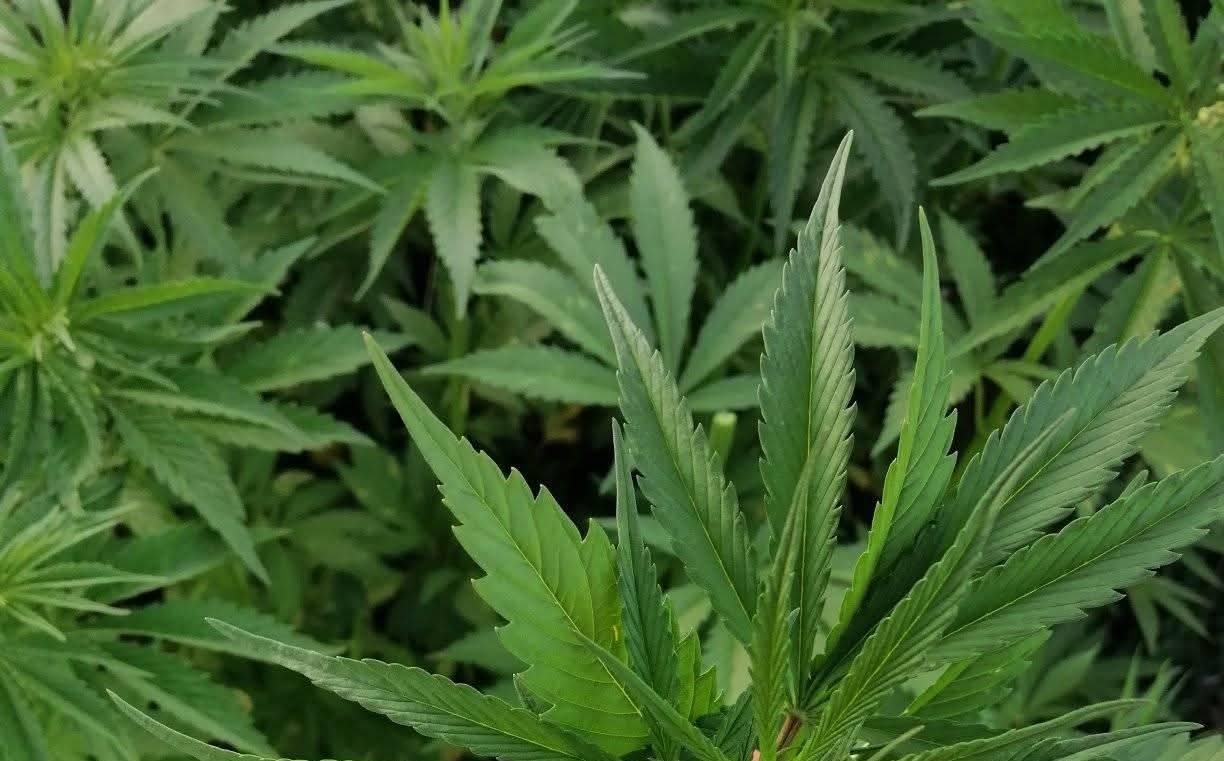Casablanca- In the realm of global economics, Morocco’s position in managing its gold reserves has recently come into focus, with Bank Al-Maghrib’s Governor, Abdellatif Jouahri, shedding light on the nation’s strategy. According to a report released by the Central Bank of Morocco, gold reserves, comprising about 6% of the country’s total foreign exchange reserves, align with the international average. Jouahri emphasized this alignment during a press conference held in Rabat, underscoring Bank Al-Maghrib’s adherence to standard practices in gold reserve management.
The report underscores three fundamental principles guiding the management of Bank Al-Maghrib’s exchange reserves: security, liquidity, and profitability. Jouahri highlighted security as the primary principle, prioritizing low-risk investments in assets rated “Triple A” or “Double A” to safeguard against market fluctuations and economic uncertainties. Liquidity, he stressed, stands as the second principle, ensuring the flexibility to convert reserves into cash swiftly to address the nation’s financial needs.
While profitability remains an important consideration, Jouahri underscored the Bank’s commitment to securing and liquefying its assets before pursuing optimal profitability. He acknowledged the unique challenges associated with managing gold reserves as part of foreign exchange holdings, particularly regarding liquidity and security.
Unlike currencies, gold cannot be readily utilized for immediate interventions in the foreign exchange market, limiting its effectiveness in addressing urgent liquidity needs. Jouahri’s remarks shed light on the delicate balance required in managing gold reserves within the broader context of foreign exchange management, reflecting Bank Al-Maghrib’s commitment to prudential financial stewardship.
Expanding upon the discussion of Morocco’s economic landscape, the report highlights the interplay between gold reserves and other foreign currency assets. The value of gold assets surged to approximately 13.5 billion dirhams in 2022 (approximately $1.39 billion USD), marking a notable 12% increase. This growth is attributed to the dual impact of rising gold prices, denominated in dollars, and the depreciation of the Moroccan dirham against the dollar.
The report also delves into the evaluation of gold assets held within Morocco by foreign custodians since 2006. These assets, along with gold transactions with corresponding entities, are assessed at market prices. Gains and losses resulting from these transactions are factored into the evaluation of exchange reserves, as per the terms of the agreement between Bank Al-Maghrib and the Ministry of Economy and Finance.
Furthermore, the report sheds light on the dynamics of foreign currency assets and transactions. Foreign currency assets witnessed a notable 7% increase to reach 318.87 billion dirhams (approximately $32.87 billion USD) by the end of 2022, primarily driven by the positive exchange rate impact resulting from the dirham’s depreciation. These assets represent a significant portion of the central bank’s reserves, with approximately 81% invested in bonds.
Within this category, the investment bond portfolio experienced an 18% surge to reach 189.21 billion dirhams (approximately $19.5 billion USD), following the resumption of transactions during the second quarter of the year. However, the portfolio designated for investment fees witnessed a 14% decline to 68.15 billion dirhams (approximately $7.02 billion USD).
In terms of cash deposits and transactions, a modest 2% growth was observed, reaching 34.98 billion dirhams by the end of 2022 (approximately $3.6 billion USD). These deposits and transactions represent 11% of foreign currency assets and transactions, reflecting a balanced approach to liquidity management within the broader foreign exchange reserves framework.
Overall, the comprehensive analysis provided in Bank Al-Maghrib’s annual report offers valuable insights into Morocco’s economic resilience and its proactive approach to managing diverse financial assets amidst a dynamic global landscape. Through prudent financial management and adherence to established principles, Morocco continues to navigate economic challenges while optimizing its financial resources for sustainable growth and stability.
















